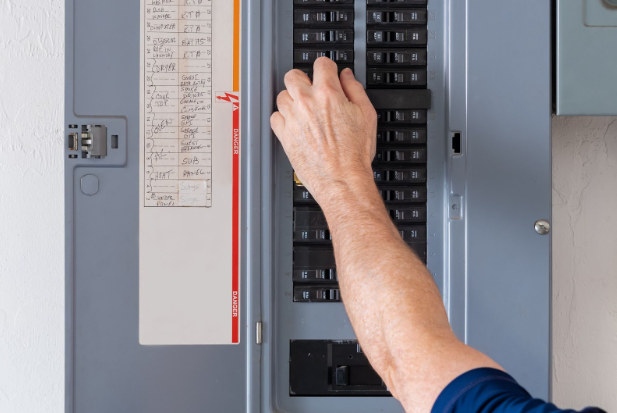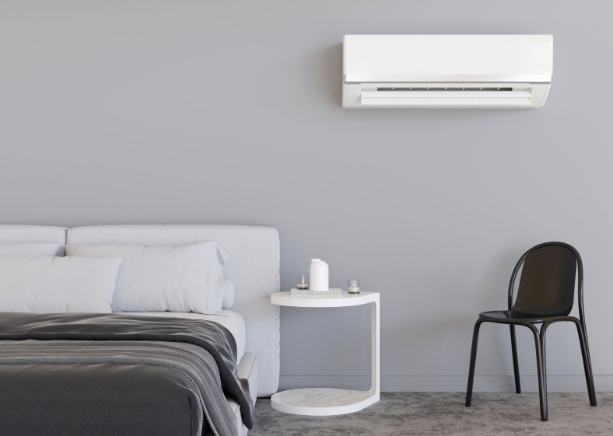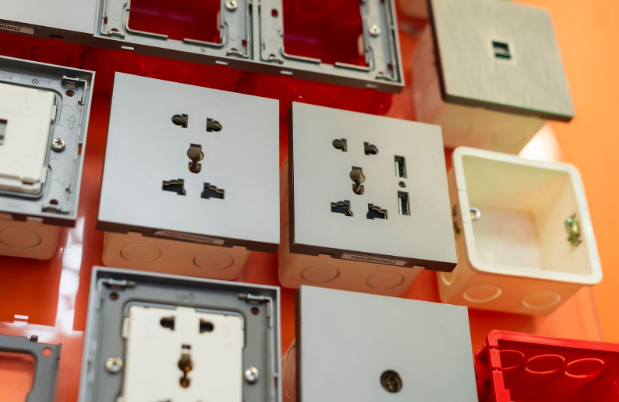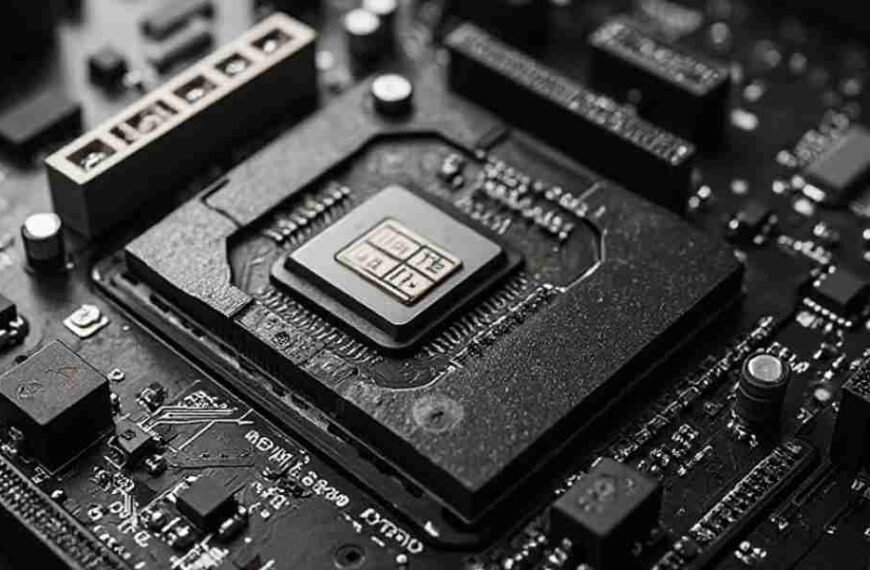Are you constantly dealing with hot tub circuit breaker trips? If you’re tired of your relaxation being interrupted by tripped circuit breakers, you’re not alone. This is a frustrating issue that may only be solved by a competent electrician in Amherst, NH.
Here, we explore why it happens and the steps you can take to find a permanent solution:
The Science Behind Circuit Breaker Trips
Circuit breakers save you from potential disaster. These safety devices detect abnormal electrical conditions and automatically shut off power to prevent fires, equipment damage, and potentially fatal electric shocks.
Most homeowners don’t realize that a tripping breaker is doing exactly what it’s designed to do. It’s saying “something’s wrong here” and protecting your home and family. When your hot tub draws more current than your electrical system can safely handle, a protection mechanism is triggered, activating in response to:
- Overloaded circuits exceeding their amperage rating
- Short circuits where current flows through an unintended path
- Ground faults where electricity escapes to the ground
- Arc faults where electricity jumps between connections
Common Culprits Behind Hot Tub Breaker Trips
Your hot tub’s circuit breaker doesn’t trip just because. Identifying the specific cause is crucial for implementing the right solution and preventing mishaps.
These are common causes of hot tub breaker trips:
- Overloaded Circuits
Your hot tub draws a significant amount of power to heat water and for its power jets to function. When connected to a circuit that also serves other appliances, the combined load can exceed the circuit’s capacity.
“I was constantly resetting my breaker until I realized my garage refrigerator was on the same circuit as my hot tub,” shares a hot tub owner from nearby Nashua. “Once I had a dedicated circuit installed, the problem disappeared completely.”
- Water on Electrical Components
Water and electricity should not mix. Even minor leaks or condensation on electrical components can create paths for current to flow where it shouldn’t.
Look for these warning signs:
- Moisture around electrical panels or connections
- Corrosion on terminals or wiring
- Water stains near electrical components
- Unusual odors from the equipment compartment
- Heater Element Issues
The hot tub’s heating element maintains your desired temperature. When these elements begin to fail, they can draw problematic amounts of current.
“A failing heating element often shows inconsistent resistance readings,” notes a hot tub and pool wiring repair technician. “Although this may not cause issues for days, it may suddenly cause a trip when the resistance drops too low.”
Dedicated Circuit Installation
Your hot tub deserves its own electrical line. A professional electrical contractor can recommend a dedicated 50-60 amp circuit because of the benefits they offer, including:
- Elimination of overload issues
- Proper sizing for your specific hot tub model
- Enhanced safety through isolation from other appliances
- Compliance with local electrical codes and manufacturer requirements
GFCI Testing and Replacement
The Ground Fault Circuit Interrupter (GFCI) protects against If you want to stay protected against shock hazards, consider investing in a Ground Fault Circuit Interrupter (GFCI) by detecting tiny current leaks to ground. These sensitive devices can become too sensitive over time or fail altogether.
Regular testing helps identify issues before they become problems:
- Monthly testing using the built-in test button
- Immediate replacement if the GFCI trips inconsistently
- Upgrading to newer, more reliable models if yours is outdated
Professional Heater Element Inspection
When heating elements deteriorate, they require specialized testing equipment to diagnose accurately. Don’t risk DIY repairs when it comes to these critical components.
Troubleshooting Checklist: Is It Really the Circuit Breaker?
Dealing with faulty circuit breakers is frustrating enough for most homeowners to call professionals once it happens. But before calling an electrician, consider this: sometimes what appears to be a breaker problem is something simpler. Instead, try working through this basic checklist to identify potential issues.
Start with these steps:
- Check if multiple appliances are running on the same circuit
- Inspect for water leaks near electrical components
- Verify that your hot tub is receiving the correct voltage
- Test the GFCI reset button
- Check for loose connections at the breaker panel
A properly functioning hot tub provides benefits and entertainment that shouldn’t be compromised by electrical problems. If you are dealing with circuit breaker trips nonstop, take action and solve them ASAP.

















